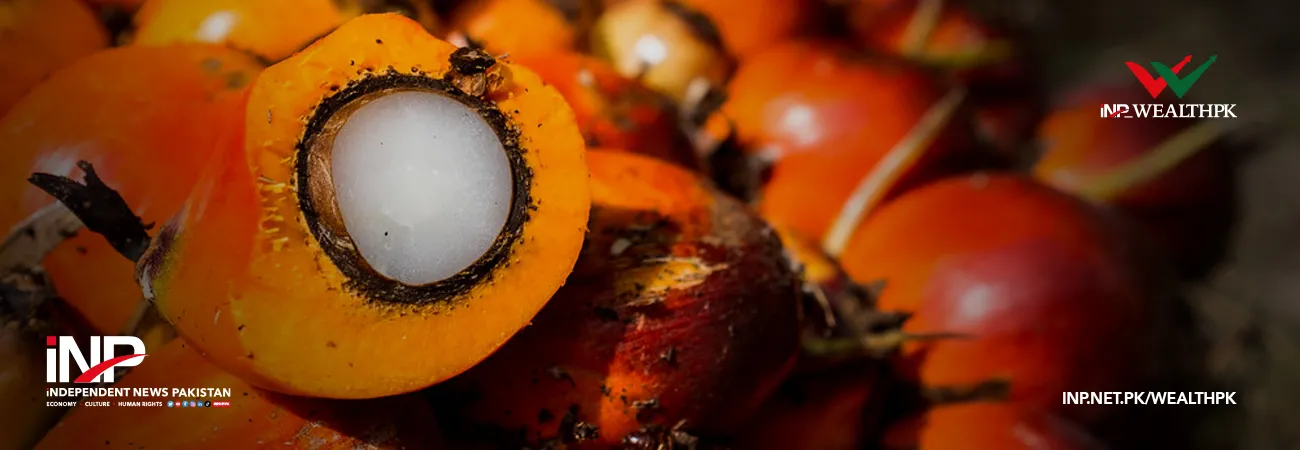INP-WealthPk
BEIJING, Jul 1 (INP): One step away for Pakistani cherries to enter China, Gwadar Pro reported on Thursday.
In Pakistan, the yield of cherries has witnessed a boost since 2017 according to FAOSTAT (Food and Agriculture Organization of the United Nations).
Cherry is a fruit endowed with natural advantages. First, it is the first crop of the planting season and covers the input costs of other fruits.
Second, it requires less water compared with other fruits. In addition, cherry is high-yielding with a short growth period, and its market value is high.
But so far they have not been able to make any significant entry into the international market, including China where cherries are gaining popularity in recent years as high-end fruit with high prices.
It can be seen that China’s cherry imports have been on the rise in both volume and value. China mainly imports cherries from New Zealand, Chile, Argentina, and other countries in the Southern Hemisphere due to seasonal differences.
Pakistani cherries may be no match in this regard, but their juicy taste, large size, and prime quality make them competitive food to be savored by Chinese consumers.
As Pakistani farmers are eyeing this vast market, China Pakistan Agricultural and Industrial Cooperation Information Platform (CPAIC) offers some measures to be taken to expedite cherries’ journey to China.
According to a report released by CPAIC, Pakistani cherry growers mainly get cherry prices and other information from traders, who are grabbing most of the profits. In this regard, an information management system can be set up to convey relevant market information to all stakeholders more effectively.
The lack of access to institutional credit may limit investments, thereby reducing the efficiency of the marketing system.
According to a statistical study a few years ago, about 54% of the households have taken credit from informal credit sources, mostly from the local traders or commission agents.
It turns out that credit source also plays a role in farmers’ choice of marketing channels. Farmers getting credit or prepayment from the informal sources mostly sold cherry at the farm gate, which brings lower net return than those participating in the market.
Researchers believe that credit provision from formal sources needs to be more easily accessible to the cherry growers so that they can make an independent decision regarding cherry marketing.
Financial institutions may ease loan procedures and mitigate financial restrictions on cherry producers, contractors, exporters, and other market traders.
In an investigation, over 92% of cherry growers describe their varieties as “good”, but only 8% graded their cherries. Grading and standardization should be clarified based on national and international requirements to regulate domestic sales, meet standards of export destinations, and build brands.
In Pakistan, most cherry producers sell their products to contractors, who then sell the fruit to wholesalers before they reach retailers.
During this process, prepackaging can provide additional protection for the products. But only 12% of the cherry producers used wooden crates and cartons to pack cherries.
Apart from packaging, CPAIC proposes that it is also necessary to furnish appropriate facilities for the cherry industry, such as sufficient cold storage and convenient transportation.
If export zones are created, all necessary infrastructures can be equipped there, including cold storage, refrigerated transportation facilities, financial institutions, certification laboratories, marketing information analysis departments, etc.
INP/javed













